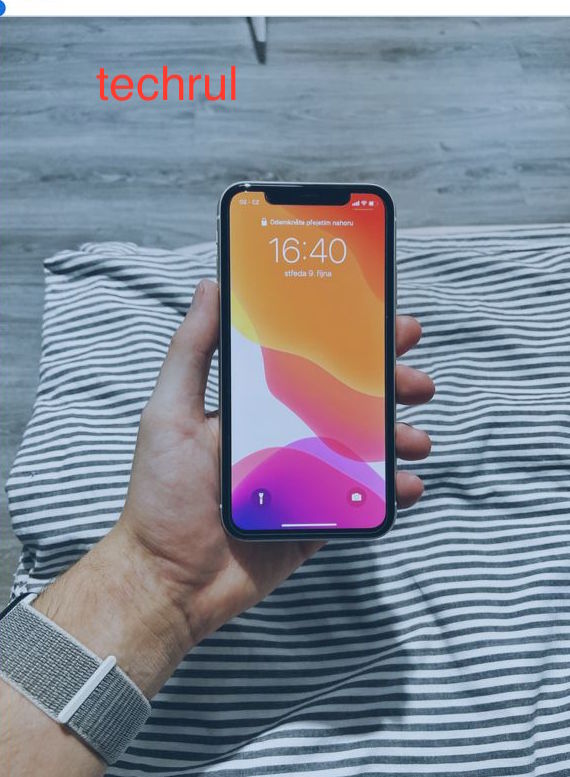If you’re one of those iPhone users who want to add the battery widget to their home screen, you’re at the right destination. This post walks you through how to add battery widget on iOS 14.
iOS 14 brought an exciting addition to the iPhone experience: widgets. Like the widgets on an Android smartphone, you can customize your home screen with widgets that serve varying purposes. From widgets that show the weather to beautiful clock widgets, their usage potential is limitless.
The battery widget is hands down one of the most important widgets you can add to your device’s home screen. That makes it unsurprising that most iPhone users are willing to add the battery widget to their device’s home screen.
What is the battery widget on iOS 14?
The iOS battery widget shows your phone’s battery percentage, as well as the battery percentage for most of your connected devices.
Given the simple task it performs; you may think it’s not very essential. However, when you consider that it’s impossible to display your battery percentage beside the battery level indicator on an iPhone, you’ll appreciate the uses of this feature.
The battery widget takes up little space and is far more intuitive than anything you’ll find on an Android phone. Not forgetting that you can use it to see how much battery is left on your Airpods, iPod, Bluetooth Speakers, MacBook, etc. you do want a battery widget.
If the possibility of getting a widget that displays battery information sounds great to you, we’ll teach you how to do it.
How to add battery widget to iOS 14
The steps required to add a battery widget to your phone are similar to adding any other widget. Just tap and hold on to any area on your iPhone screen until your apps start wiggling.
At the top left corner of your screen, select the plus icon that appears. If you use an iPhone 8 or earlier, this icon may appear at the top right instead.
From here, you should see a list of widgets that you can add to your home screen. You can either scroll until you find Batteries or search for them using the search box at the top.
After tapping on Batteries, you will need to choose a size for the battery widget. The small size is enough to keep tabs on your iPhone’s battery alone.
However, if you have multiple devices connected to your iPhone, you should opt for a medium or better-sized widget.
After selecting the best size for you, tap ‘+ Add Widget.’
Now, you should have a battery widget on your home screen, taking up a ton of space because Apple won’t let you see your phone’s battery percentage atop the screen.
How to set up a custom battery widget using Color Widget
If you don’t like the background of Apple’s default battery widget, you can an app (from the App Store) named Color Widgets to create custom widgets.
You can use Color Widget to get aptly-sized battery widgets with unique designs. If you have enough time, you can also make your designs.
Note that you need an iPhone with iOS 14 to use Color Widget. This makes sense since widgets were introduced in iOS 14, and the app builds on the existing framework of widgets.
Here are the steps required to set up a battery widget using Color Widget.
- Launch the app on your iPhone after downloading.
- The app is available for free on the App Store as Color Widgets.
- You should see a list of cool iPhone home screen widgets to choose from. You can scroll through these widgets to find endearing ones.
- When you find a widget you like, tap on it, and select Edit Widget to make further edits before putting it on your homepage.
- You can make several edits to a widget inside of Color Widgets. This includes setting it to have a dark background or entirely changing the background image.
Keep editing your widget until you’re satisfied. When you’ve finished, click on Set Widget to save your new widget. Now, you can exit the app and return to your home page.
- Now, long press on any area on the homepage and click on the ‘+’ icon at the top right (or left) to add a widget.
- Instead of selecting the battery widget, you should select ‘Color Widgets’ from the options. This will give you access to the battery widget that you created earlier.
While Apple’s approach to the battery widget is undoubtedly simpler, Color Widget’s approach is much more fun and exciting!
How to fix the Battery widget missing
Sometimes, the battery widget suddenly stops working correctly on your iPhone. You may not even have the option to set up a battery widget.
If you have any of these problems, you may want to try one of our confirmed fixes to solve the problem. Here are some ways to solve the Battery widget missing problem.
- Confirm that you have any connected devices
The battery widget on your iPhone will only show the battery percentage for devices that are presently connected to your iPhone. Once you disconnect a device, it has no link to your iPhone anymore, and your iPhone cannot determine its battery level.
Before pulling your hair in anger, check your Bluetooth settings to see if any Airpods, speakers, or other trackable devices are connected.
If you don’t have any connected devices, go through the connection procedures to set up the device so that you can track their battery levels using the battery widget.
Conclusion
Who doesn’t want to know when it’s time to charge their devices? Since iOS won’t let you see your battery percentage beside the battery indicator like most Android phones, using a battery widget seems like a no-brainer.
However, the process of adding a battery widget to an iPhone isn’t all that easy. If you don’t have any previous knowledge, you’ll spend hours trying to figure it out on your own.
Fortunately, you don’t need to. This article details how to add battery widget on iOS 14.

